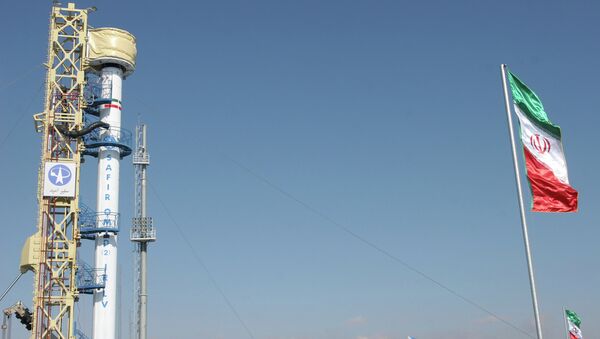"Our scientists have entered a new phase for conquering space. We will continue on this path," the country's president, Hassan Rouhani, announced on state television, according to AFP.
The satellite is produced solely out of domestic components with no reliance on technology from aroad, the Fars news agency reported, and was built by the Defense Ministry's Aerospace Industries Organization.
According to Fars news agency, Iran is also planning on putting an observation satellite into geostationary orbit at 36,000 kilometers (22,320 miles), as soon as March. The satellite will have a lifespan of 18 months and will photograph and transmit images of the Earth' surface to Earth.
Iran's space program has been subject to international concerns, according to AFP, amid fears that it could be developing its rocket technology for military purposes, a charge which Tehran denies.
In October 2014, Iranian Space Agency deputy head Hamid Fazeli announced the country was preparing to launch three new satellites. The main function of the spacecraft is the transmission of images of the Earth’s surface to ground stations.
Iran launched its first domestically-produced satellite in 2009. In July 2014, ISA introduced a 10-year national space program, which includes sending a man into space.




